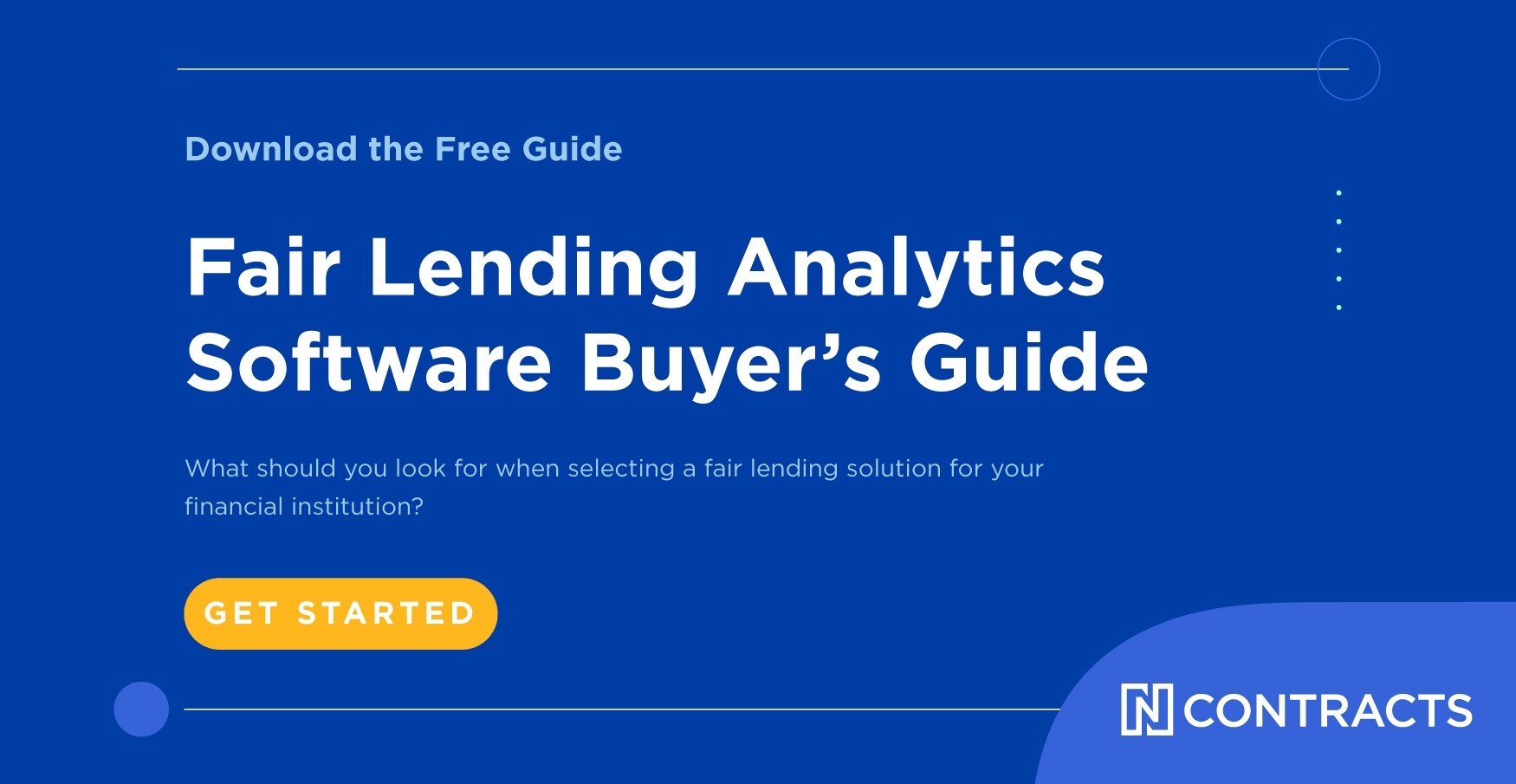The NCUA hosted a conference call last week to review “Fair Lending Examination Program and Compliance Assistance.” The best practices that were provided are a good reminder for everyone, regardless of your regulator. A quick review of the list will help you determine if your current activities are aligned with these best practices.
Below are the four best practices identified by the NCUA regarding Fair Lending:
- Develop Written Fair Lending Policies and Procedures:
- POLICIES: Clearly state how the financial institution will comply with fair lending laws. From the board of directors to senior management to the front line, there should be clarity and accountability for complying with the fair lending laws and regulations.
- EXCEPTIONS: Deviations from policies and procedures should be supported with explanation, documented, monitored and reported.
- TRAINING: Training should be provided for employees, management and board members.
- MONITORING: Supervisory committee and audit staff should incorporate assessment of compliance with policies and procedures.
- Identify Risks by Conducting Periodic Fair Lending Risk Assessment
- EVALUATE: Review all credit products and services, organization structure, marketing, lending channels and unique decisioning centers.
- MODIFICATIONS: Determine if borrowers receive consistent treatment for loan modifications and loan workout arrangements.
- Develop a Fair Lending Program Based on Results of Risk Assessments
- Maintain guidelines for pricing, including guidelines for exception management.
- Ensure there are no policies or practices that treat applicants of a protected class differently or have a disparate impact.
- Use of risk based pricing based on objective criteria (and consistently apply risk based pricing).
- Carefully manage pricing discretion (overages, underages, yield spread premiums).
- Consistently document reasons for pricing decisions (especially exceptions).
- Analyze pricing disparities between control group (white, male non-Hispanics) and prohibited basis groups.
- Understand financial incentives for loan originators to charge higher prices and how it influences behavior.
- Review and monitor any loan programs that target borrowers of a protected class.
- Actively manage complaints.
- CONTROLS: Establish internal controls to monitor and reduce fair lending risks.
- MONITOR & MANAGE PRICING RISK:
- Stay Current of Fair Lending Developments
The NCUA also provided insights into how they will determine if a Credit Union will be flagged for a fair lending exam or an off-site supervision contact. The exam selection criteria includes:
- HMDA Outliers – If HMDA data falls outside the normal range for pricing, denials, withdrawals or lending terms when compared to other financial institutions, the Credit Union is considered a HMDA outlier.
- Fair Lending Violations – Fair lending findings or violations noted in recent safety and soundness exams. This includes a review of the number of compliance exceptions for fair lending or other consumer lending regulations.
- General Compliance Risk – Credit Unions with moderate or high risk ratings on compliance issues.
- Other Factors – If the Credit Union demonstrates the potential for higher fair lending risk because of the volume, type(s), or complexity of products and services offered, communities served, and whether there has been any discrimination complaints.
Bottom Line: The Interagency Fair Lending Examination Procedures are used by all the regulators (NCUA, FDIC, Fed, OCC, CFPB). The four best practices highlighted above are simple reminders for all all institutions, regardless of your regulator. Employing a proactive fair lending compliance management program empowers the financial institution to maintain control.
Related: OCC Says Fair Lending Risk Is on the Rise
Ncontracts can help you establish, maintain, monitor and succeed with your Fair Lending Compliance program. Learn more about our risk identification and management solutions, data analysis tools, CRA geo-analysis and geo-coding, and consulting services.
